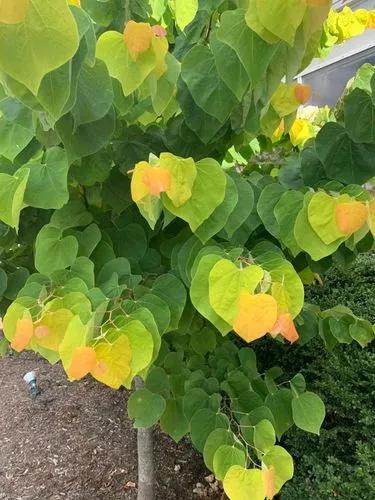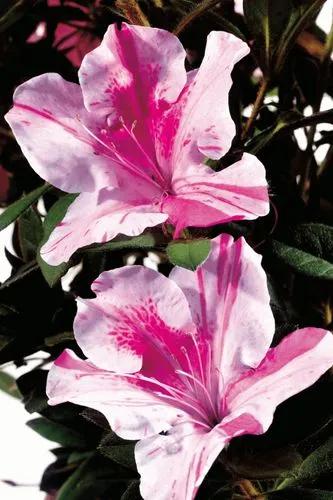Lobelia erinus (edging lobelia, garden lobelia or trailing lobelia) is a species of flowering plant in the bellflower family Campanulaceae, native to southern Africa. It’s got thin basal leaves and deep blue, purple, or white flowers.
Garden lobelia Care
Lobelia erinus



Lobelia erinus is commonly grown in window boxes or around the edges of gardens as an edging plant. The plant is native to South Africa and was first cultivated in the 1600s. It’s become a popular choice for gardens around the world, resulting in hundreds of hybrids. There are also two main varieties — a long, trailing plant and a shorter, compact variety. The edging lobelia is the shorter of the two main types of this species. It rarely grows more than six inches high while the trailing habit lobelia can produce leggy growth up to 12 inches. Lobelia has thin leaves and delicate stems but may spread a couple of feet, making it great for edging borders. The plant blooms in the summer, producing hundreds of little white, pink, purple, violet or blue flowers with white eyes.
How to Care for the Plant

Water

Annual lobelias need frequent watering during growth phases, as their short roots stay close to a surface water slowly with a garden hose or use a drip system to avoid spraying a foliage. A soil must be saturated to a depth of 6-8 inches (15-20 cm). Before watering again, allow a top 1 to 2 (2, 5 to 5 cm) inches of soil to dry.

Pruning

Make judicious cuts to encourage new growth. Cut just before a leaf node. Or when cutting back larger stems, cut as close to the main stem as possible.

Fertilizer

Use a 5-10-10 blend or 10-10-10 fertilizer diluted to 1/4th strength.

Sunlight

Needs bright, indirect sunlight.

Soil

Loam soil facilitates plant growth in three key ways. Aeration: The varied particle sizes in loam create a loosely-packed soil that allows oxygen to flow freely to plant roots. Nutrient retention: The presence of clay in loam ensures that nutrients cling to the soil, rather than being washed out by water.

Temperature

It’s winter hardy to the areas with the lowest temperatures down to −1°C (30.2°F) to 3.9°C (39.0°F) but it’s mostly grown as an annual in the cooler regions. If protected against freezing temperatures, it can be grown as a perennial, continuing to grow the following summer.

Container

Whether it be plastic or clay, make sure the pot you select has drainage holes in the bottom to prevent over-watering.

Popularity

5,427 people already have this plant 749 people have added this plant to their wishlists
Discover more plants with the list below
Popular articles






